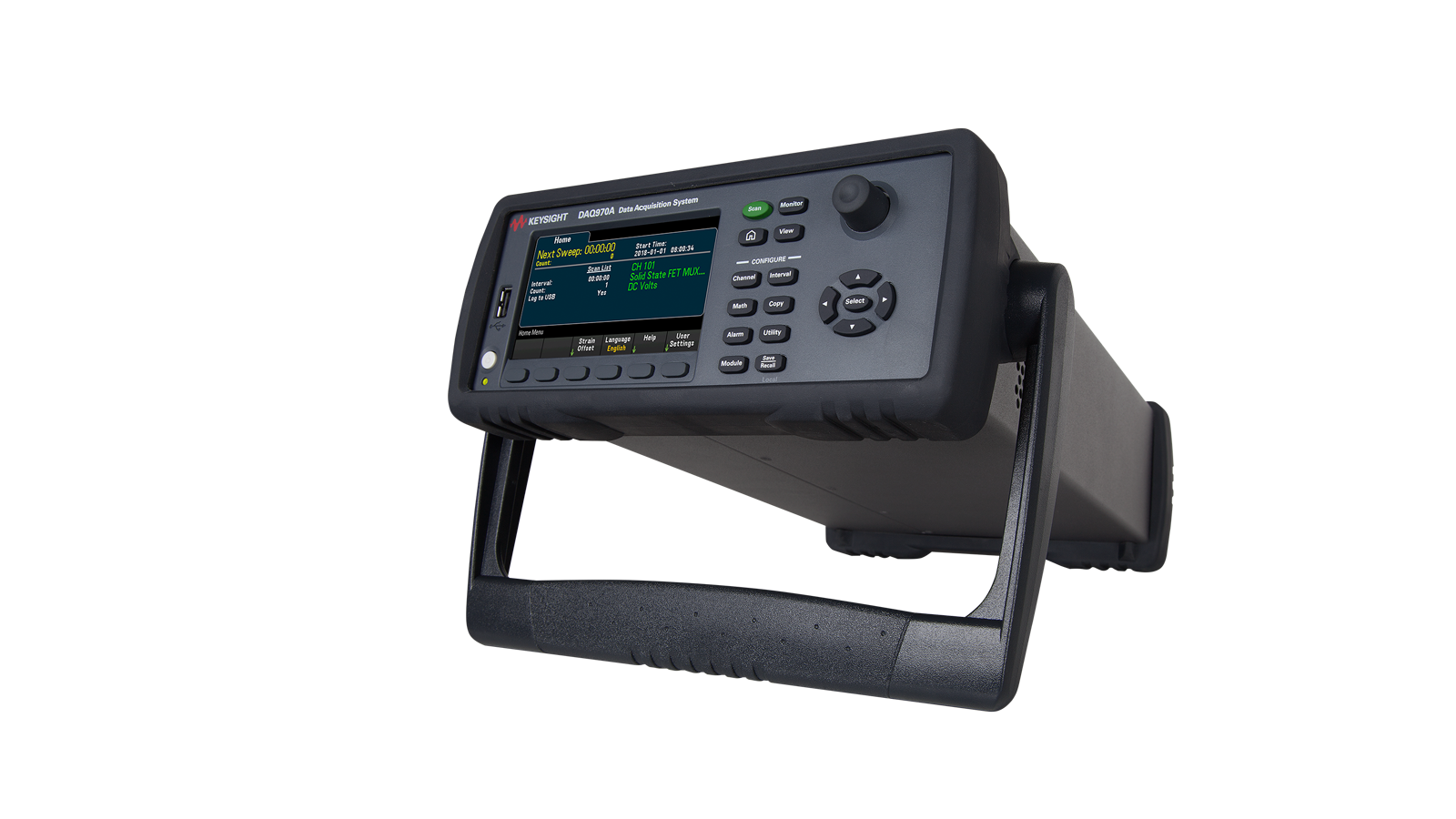Unlocking Insight: The Power of Data Acquisition Systems
Unlocking Insight: The Power of Data Acquisition Systems
Blog Article

In an era where information is paramount, the ability to harness and understand data has become essential across various industries. Data Acquisition Systems play a critical role in this process, acting as the backbone for collecting, measuring, and analyzing data from diverse sources. Whether in manufacturing, environmental monitoring, or healthcare, these systems provide the necessary infrastructure to convert raw data into meaningful insights.
As organizations strive to make informed decisions and drive innovation, the efficiency and accuracy of data collection become increasingly important. A well-designed Data Acquisition System not only enhances data quality but also streamlines the process of data analysis. This enables businesses to respond swiftly to market changes, optimize operations, and ultimately gain a competitive edge in their respective fields.
What is a Data Acquisition System?
A Data Acquisition System (DAS) is a technology used to collect, analyze, and present data from various physical phenomena. This system typically comprises sensors, a data logger, and software designed to process the collected data. By converting physical signals such as temperature, pressure, and humidity into digital data, a DAS enables the monitoring and control of diverse processes in industries like manufacturing, healthcare, and environmental science.
The primary function of a Data Acquisition System is to gather data from multiple sources and ensure its accuracy and integrity. Sensors play a crucial role in capturing real-time data, while the data logger acts as the intermediary that stores the information for further analysis. With the help of specialized software, users can visualize trends, identify anomalies, and make informed decisions based on the collected data.
In modern applications, Data Acquisition Systems have evolved to include advanced features such as wireless communication and cloud integration. This evolution allows for remote monitoring and better accessibility of data, making it easier for organizations to manage operations and improve efficiencies. Overall, a DAS serves as a powerful tool in driving innovation and operational excellence across various domains.
Key Components of Data Acquisition Systems
A Data Acquisition System is fundamentally comprised of several key components that work together to capture and analyze data effectively. The first essential element is the sensors, which are responsible for converting physical signals into electrical signals. These sensors can measure a wide range of variables, such as temperature, pressure, light, and sound. By accurately detecting these parameters, sensors ensure that the system receives precise information necessary for analysis.
Another critical component is the data acquisition hardware, which includes devices such as analog-to-digital converters and signal conditioning equipment. This hardware plays an integral role in processing the signals received from the sensors. Analog-to-digital converters transform the analog signals into digital format, allowing for easier manipulation and analysis by software systems. Signal conditioning, on the other hand, enhances the quality of the data by filtering out noise and amplifying weak signals.
Finally, the software used in Data Acquisition Systems is vital for data storage, visualization, and analysis. It allows users to monitor real-time data and generate reports based on the acquired information. Advanced software solutions can also include functionalities for data interpretation, enabling users to derive insights and make informed decisions based on the analyzed data. Together, these components form a cohesive system that maximizes the effectiveness of data acquisition.
Applications and Benefits of Data Acquisition Systems
Data Acquisition Systems are widely utilized across various industries, playing a crucial role in monitoring, analyzing, and controlling processes. In manufacturing, these systems ensure quality control by continuously collecting data from sensors on machinery and production lines. This real-time information allows for immediate adjustments, minimizing downtime and optimizing efficiency. Similarly, in the research sector, Data Acquisition Systems facilitate the collection of experimental data, enhancing the reliability and accuracy of scientific studies.
Data Acquisition System
The benefits of utilizing Data Acquisition Systems extend beyond mere data collection. They provide insights that can drive strategic decision-making and improve operational performance. For instance, in environmental monitoring, these systems help track changes in air and water quality, enabling timely interventions to protect public health. In healthcare, they support patient monitoring systems that gather vital signs, ensuring that medical professionals can respond quickly to any alterations in a patient's condition.
Moreover, the implementation of Data Acquisition Systems fosters better data management and analytical capabilities. By integrating these systems with advanced analytics tools, organizations can uncover trends and patterns that inform future actions. This enhanced data-driven approach not only supports compliance with industry regulations but also promotes innovation and continuous improvement, making Data Acquisition Systems an essential investment for any data-centric organization.
Report this page